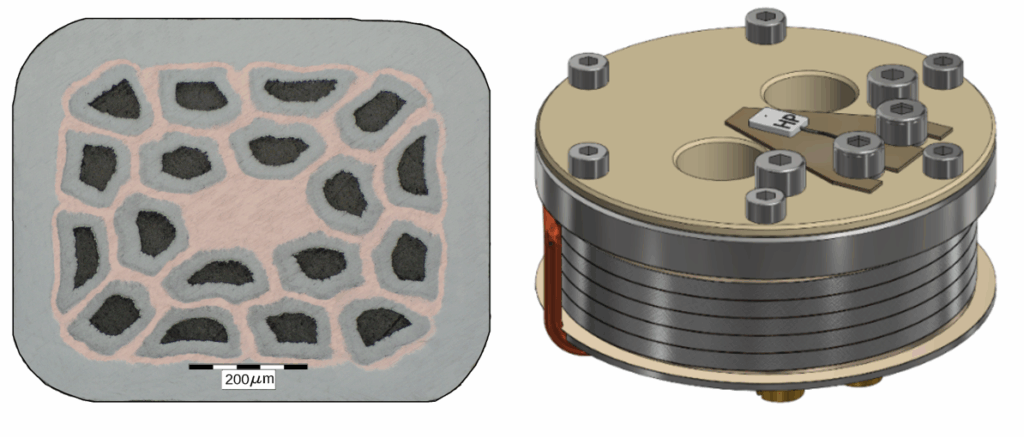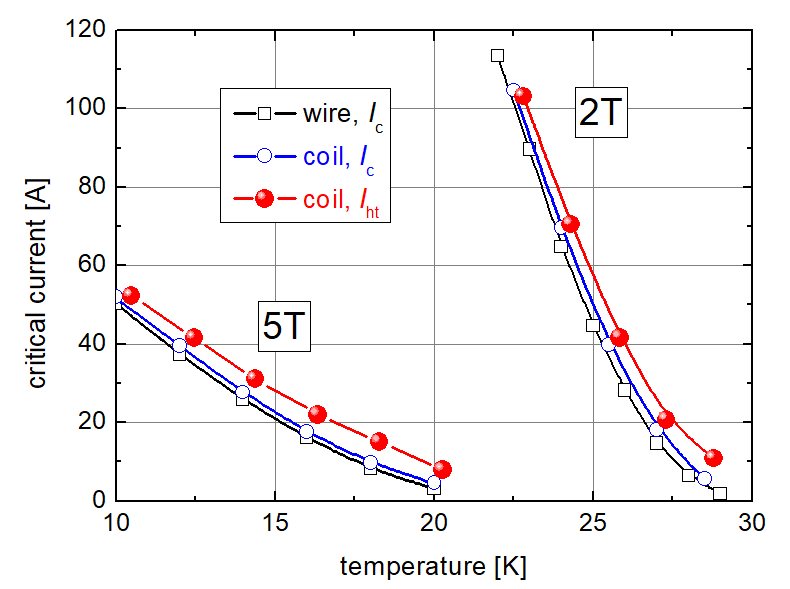Superconducting devices require cryogenic temperatures to function, which usually requires coolant such as liquid helium. Operating magnets at liquid helium temperatures is expensive and also the operating temperature is close to the boiling point of helium. A situation can occur, where a heat is generated locally in the magnet, which leads to vaporization of the helium, the cooling properties of the coolant get worse, and the magnet can be damaged. However, if the magnet was to be encased in a solid coolant in addition to liquid coolant, we can achieve more stable thermal conditions. One of these solid coolants could be water ice, which is cheap and accessible option and offers additional advantages compared to other solid coolants. Unfortunately, there is limited data about water ice properties at these very low temperatures (10-20 K). That is why Pavol Kováč and his team collected data from literature and their previous works in this publication to show water ice could allow magnets to perform at safe conditions even when a sudden transition of the superconducting magnet to normal conditions (quench) happens. These findings were verified by measuring small coil sample made from multifilamentary MgB2 wire (Fig. 1).

The sample coil was prepared from commercially obtained 18-filament MgB2 wire. The total wire length is 20 m and the resulting coil has 114 turns in 6 layers with a packing factor of 0.91. The coil was inserted into a double-wall container, which was filled with 0.5 L of deionized water and afterwards inserted into a 100 mm bore of 12 T cryogen-free magnet with inner cryostat. Cooling of the sample in the deionized water from room temperature to 10 K takes around 10 hours. The performance and heating of the coil was compared to a short wire sample and comparable values were observed (Fig. 2). The improved cooling condition allowed the coil safely generate magnetic fields of 2 T at 25 K, 3 T at 20 K, and 5 T at 9 K.

Authors: Pavol Kováč, Marek Búran, Ľubomír Kopera
Link: https://www.sciencedirect.com/science/article/pii/S0011227524001176





